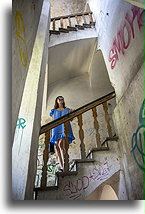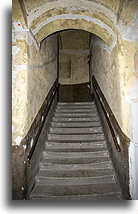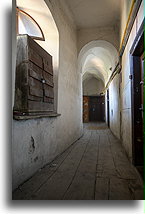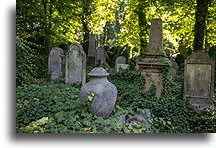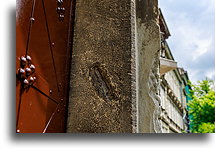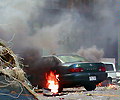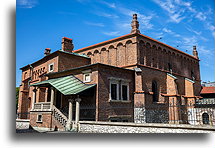
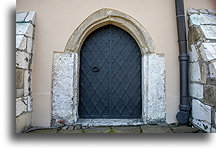
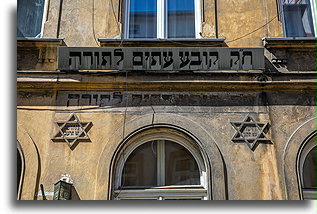
For centuries, Poland was home to the largest Jewish communities in the world. Polish monarchs of invited the Jews to the country giving them rights and guarantied religious tolerance. After Kraków fire in 1495, the Polish king Jan I Olbracht established the Jewish town on an island on the Vistula River. Jews from Kraków Old Town moved to nearby Kazimierz (Casimir). The Jewish quarter had its own Jewish self-government. The Jewish population grew over the centuries and Kazimierz was a place where ethnic Polish and Jewish cultures intermingled. By the mid-16th century, 80% of the world's Jews lived in Poland. Before the World War II, more Jews lived in Kraków than in all of Italy.
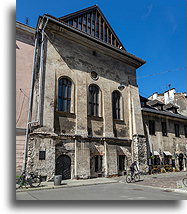
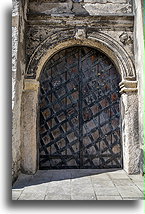
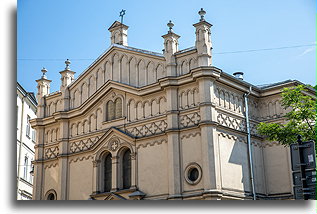
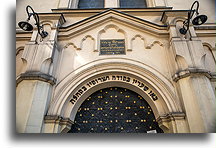
The vast majority of Jews lived in Poland because, unlike other European countries, they were not revoked of their rights here, and most importantly, they were not forced to live behind walls. The Jewish ghetto has its roots in Renaissance Italy and the papal states. The word ghetto comes from Jewish area of Venice, where gates were closed after sunset and residents were not allowed to leave. The same was true in papal Rome, where in 1555 Pope Paul IV issued a bull revoking Jews of their rights and established a walled ghetto on the Tiber River bank in Rome where gates were closed at night. All the Jews were forced to live there. Many things were forbidden for them, especially close contacts with Christians. Papal law required all Jews to dress distinctive yellow cloth, the color associated with prostitutes and recognized as color of shame in the Hebrew communities.
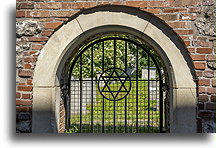
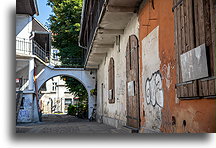
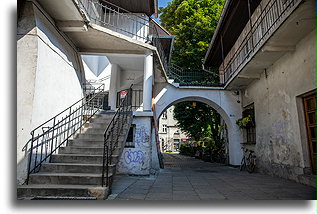
Kazimierz was the main spiritual and cultural center of Polish Jews, where the most prominent Jewish scholars and artists lived and worked. Before World War II, there were over 120 synagogues in Kraków, many of them in Kazimierz. The oldest synagogue building in Poland, the Old Synagogue, was built in Kazimierz in the 15th century. Its interior has retained its Gothic-Renaissance character. Kraków's Kazimierz today is the finest example of well-preserved old Jewish quarter.

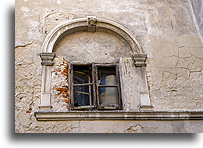
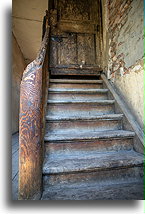
During World War II, the Jews of Kraków, including the Jews from the Kazimierz district, were forced by the Nazis to move to a specially created ghetto. In 1943, when the ghetto was liquidated, most of the Jews living in Krakow died in Nazi extermination camps.
